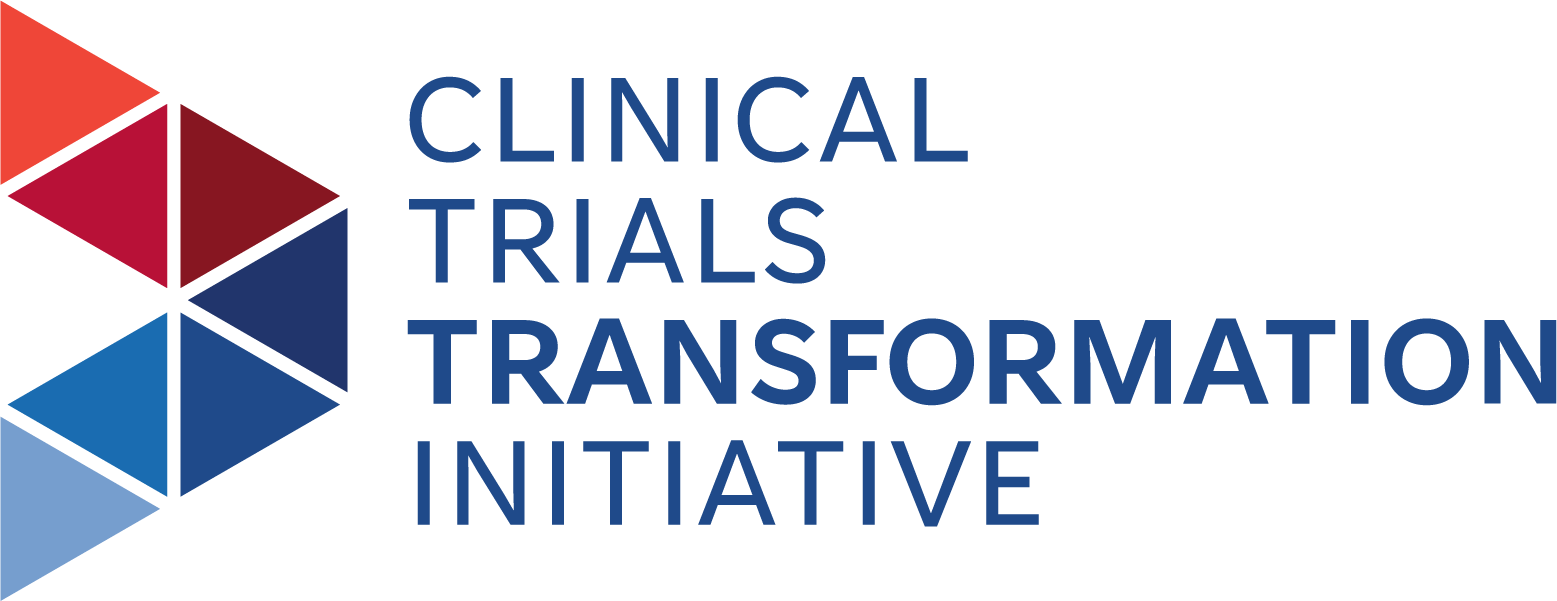DCRI Improves Recruitment, Retention and Grant Proposals with Deep Patient Engagement Strategy
DCRI Uses CTTI's Patient Group Engagement Recommendations to Build its 'Research Together' Program
SUMMARY
For too long, people
outside of the research world have not been embraced as full partners in the
design and conduct of clinical research. The Duke Clinical Research Institute (DCRI) felt that all people -- including patients, caregivers, community partners and other stakeholders -- should be partners in research. They used CTTI's Patient Group Engagement (PGE)
recommendations as a foundational resource to build Research Together, DCRI's
stakeholder engagement program that brings together sponsors, investigators,
and patients to drive more meaningful research outcomes.
GOAL(S)
The DCRI wanted to more broadly
operationalize patient engagement across its studies. The organization set
out to develop a program that honors the patient voice at every stage of the
study life cycle, including design, funding, recruitment, protocol development,
monitoring, data analysis, and FDA approval.
CHALLENGES
The DCRI found that
its project teams' experiences with engaging patient groups were largely
anecdotal. Although there were commendable efforts to integrate these groups
into DCRI studies, the teams lacked a solid road map or well-defined list of
considerations to help them operationalize patient engagement across the study
spectrum.
The DCRI was also
aware that effectively bringing patients into the research fold isn't always
easy. Many patients are emotionally vulnerable and already dealing with the enormity
of their medical condition. If engagement in research was not approached
thoughtfully, there was a risk that patients would be overwhelmed or
uninterested. From the researcher and funder side, the value of patient
engagement is not easily captured in empirical data. DCRI needed a framework
that would equally motivate patient groups, funders, and researchers to see
value in clinical study participation.
SOLUTION(S)
When conversations among DCRI
leadership began about formalizing patient engagement, CTTI's work was an
obvious resource to kick off the process. CTTI's PGE recommendations aligned
well with what the DCRI was trying to accomplish.
TAKING ACTION
Leaning on
CTTI's guidance to engage early and often, from bench to bedside, DCRI
leadership gathered a group of key opinion leaders in the patient advisory and
advocacy space to begin developing guiding principles for its engagement
program. They also secured funding for a one-day conference where they
introduced DCRI's commitment to engagement with breakout sessions to learn more
from the broader Duke and Durham, NC, community. Coming out of that conference,
DCRI approved the following guiding principles for its engagement program,
Research Together:
- People come first. Always.
- We recognize that people are embedded in dynamic family and community frameworks that we honor and respect across the continuum of life care.
- People are our partners in research; not our subjects. We believe in taking every opportunity to co-learn. We engage participants, families, and community members in our research design, conduct, oversight, and dissemination activities.
- We are transparent and trustworthy. We communicate to research participants how valuable their contributions are to science and medicine. We take the time to thank research participants, update them on progress, and share our findings in language understandable to everyone.
- We create value. We work to return results in a responsible and meaningful manner and maximize what can be learned by sharing data with other researchers. We give back.
- We are not transactional in our approach. We encourage and incentivize collaborations with people and communities that look past the end of a project or last study visit. We create opportunities to continue co-learning and working in partnership with participants, families, and community members to improve health outcomes.
IMPACT
Research Together launched in
2018 and continues to thrive as DCRI's stakeholder engagement program. Since that time, DCRI has worked
collaboratively with research teams to emphasize cultural humility and inclusivity
in outreach. Through ongoing connection, co-learning, and communication of
value to patients and researchers, DCRI has successfully increased retention
and improved adherence. The organization has also increased clarity across all stakeholders
on expectations and opportunities for engagement. DCRI now brings in patient
groups earlier in the development process -- even prior to funding.
"Of
course, patient input can bring value to areas like recruitment and retention,
but we have also found tremendous insight and value from the patient voice even
earlier, in grant proposals," said one Research Together leader. "Patients help
us know if what we are proposing is feasible and meaningful to them. If we are
conducting research that won't matter to the patient at the end of the day, we
are missing the point."
The same
leader also stresses the need to delineate engagement from recruitment. Engagement,
she says, is about understanding the value of participants across the study
lifecycle. Good engagement positively impacts recruitment, but thinking of
engagement in terms of recruitment alone is too narrow a lens that limits the
power of an engagement program.
ADVICE
Leadership buy
in is critical, and good engagement requires a major culture change in the way
most research organizations operate. A decade ago, engagement proponents
stressed the importance of giving patients "a seat at the table" of clinical
development. DCRI feels engagement must go even further.
"We don't want
patients to just have a chair at our table; we want them to partner in creating
the entire environment of the table," said a Research Together leader. "This
level of engagement takes time, but the benefits we are seeing are well worth
it."
ORGANIZATION
Duke University
ORGANIZATION TYPE
Academia
IMPLEMENTATION DATE
2017
TOPIC
Patient Engagement
